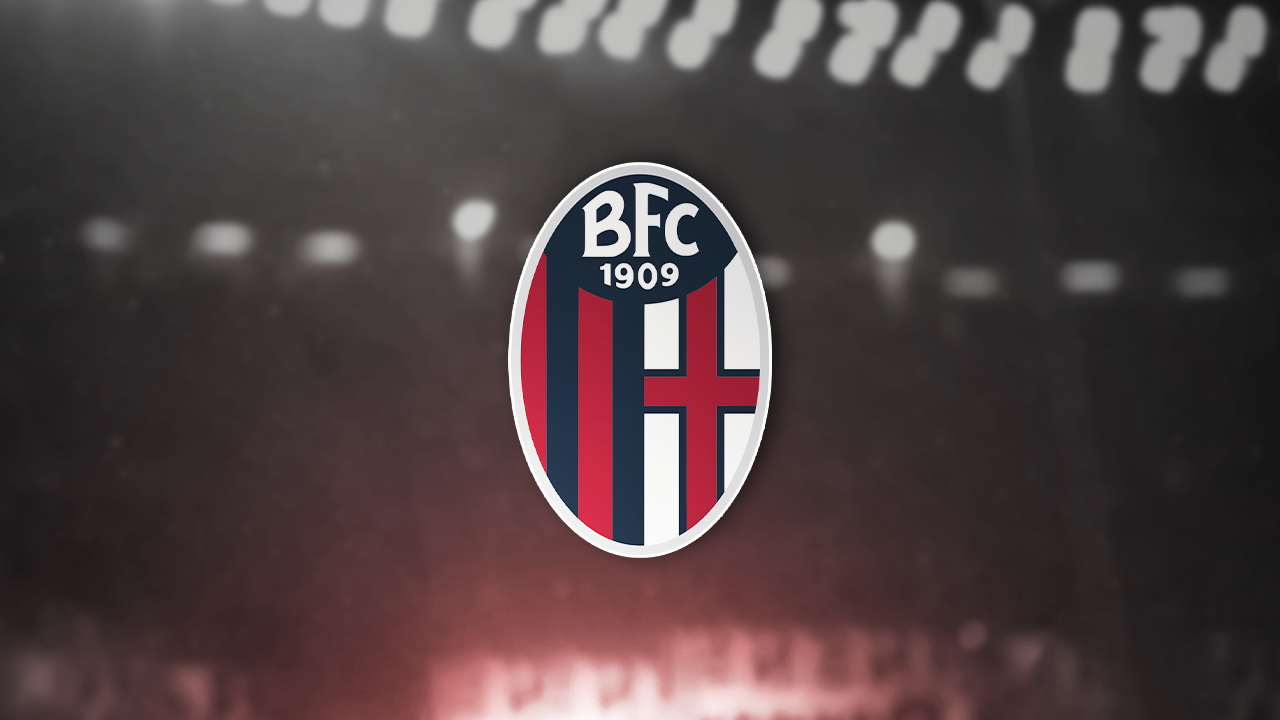Bologna are currently one of the most entertaining teams in Serie A—not just because of results, but because of how they play.
Under Vincenzo Italiano, the club is delivering some of the most dynamic, high-risk football Italy has seen in years. But the question arises: is Italiano a genius rewriting the tactical playbook, or is he simply gambling on chaos?
A Relentless Pressing Machine
At the heart of Bologna’s success is their aggressive defensive identity. Italiano has implemented a man-oriented pressing system that suffocates opponents high up the pitch. This intense approach often wins possession in dangerous areas, instantly turning defense into attack. But this same system is extremely fragile—one slip or missed assignment, and Bologna’s high defensive line can be left hopelessly exposed.
Controlled Chaos in Possession
Italiano’s bravery extends to Bologna’s buildup play. Instead of static defenders and rigid formations, the team thrives on constant rotations. Centre-backs drift wide or push into midfield, full-backs bomb forward, and defensive midfielders like Remo Freuler plug into vacated spaces. The result? A flowing, domino-like chain of movement that regularly frees attackers between the lines.
From goal kicks, Bologna often take their time, baiting the opposition into pressing before slicing through them with surgical precision. When needed, they’re just as capable of bypassing the buildup with direct balls over the top. It’s an adaptable, fluid strategy designed to overwhelm rigid defensive shapes.
Italiano’s Tactical Blueprint: The 3-1-3-3 in Disguise
While Bologna officially line up in a 4-2-3-1, in possession they morph into a shape closer to a 3-1-3-3. This setup features three players on the last line, three positioned between the opposition’s midfield and defense, and constant rotations to keep defenders guessing. Wide areas become launching pads for attacks, with early deep crosses and vertical runs into half-spaces being key offensive tools.
It’s no surprise then that Bologna are among Serie A’s most threatening teams when attacking from wide positions. They consistently manage to get three or more players in and around the box, often creating overloads that lead to high-quality chances.
Crossfire: The Risk of Offensive Commitment
But such fluidity and commitment in attack come at a price. Bologna rank among the worst in Serie A for xG conceded from counter-attacks. With full-backs high up the pitch and midfielders rotating forward, the team is vulnerable to quick transitions. A single misplaced pass can be fatal.
This was a recurring issue during Italiano’s tenure at Fiorentina, where despite reaching two Conference League finals and a Coppa Italia final, the team conceded poorly in key moments. The same cracks are visible in Bologna’s armor today.
Man-Marking Mayhem: Defensive Genius or Chaos Theory?
Defensively, Italiano is influenced by fellow Italian innovator Gian Piero Gasperini. His man-marking scheme sees players latch onto their opponents all over the pitch, disrupting attacking patterns before they can form. It’s aggressive, it’s brave—and it works. Bologna are currently one of the top teams for pressing efficiency and regains in the opposition half.
Yet, as with his attacking style, the risks are evident. One failed duel or misread movement can trigger a domino effect of positional breakdowns, opening vast spaces for opponents to exploit.
Balancing Brilliance and Madness
So, is Vincenzo Italiano a tactical mastermind or simply too reckless for top-tier success? The answer may lie somewhere in between. His system demands precision, understanding, and bravery—and when it works, Bologna play some of the best football in Italy. But it also leaves little margin for error.
If Italiano can iron out the flaws—particularly in transition and defensive structure—he could elevate Bologna to elite status. And perhaps more importantly, he could establish himself as one of the most forward-thinking tactical minds in Europe.
Conclusion: The Fine Line Between Vision and Vulnerability
Bologna’s bold, unpredictable football under Italiano is redefining their identity. It’s high-risk, high-reward—both thrilling and terrifying. But as the results and performances show, something special is brewing. Whether it’s genius or madness, it’s certainly captivating. Now the question is: Can Italiano tweak the balance enough to make Bologna contenders? Or will his audacious approach ultimately be his undoing?







